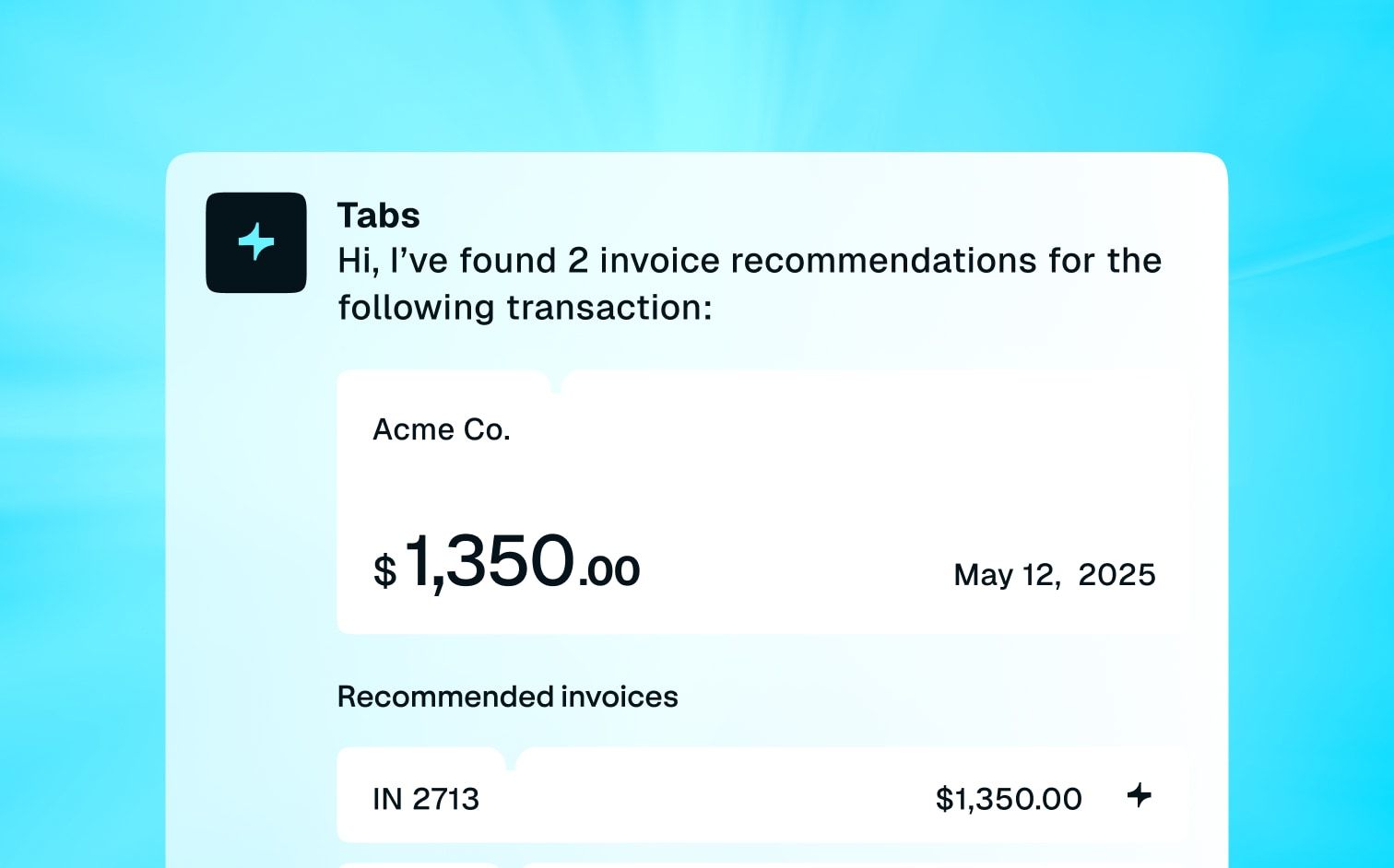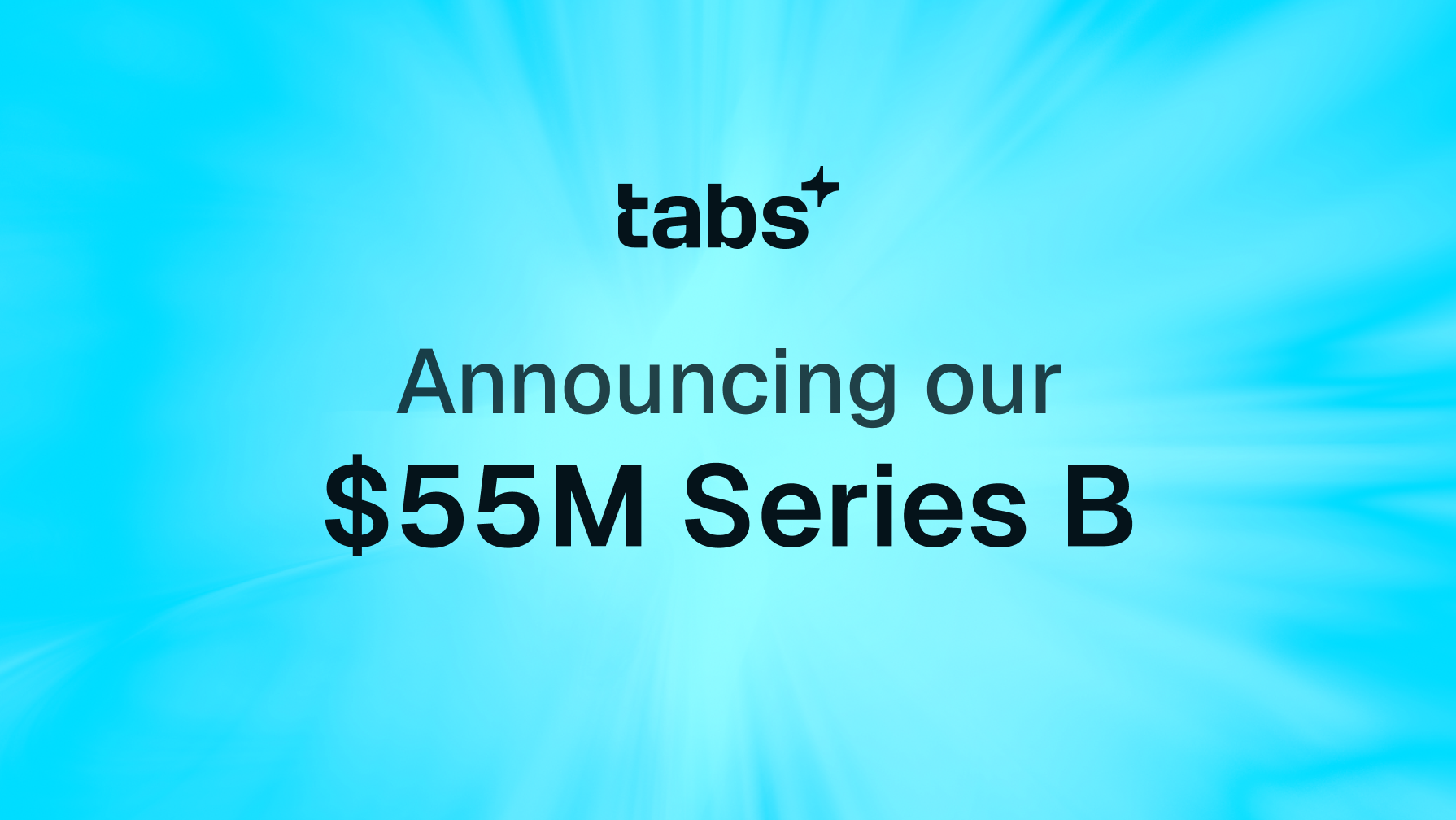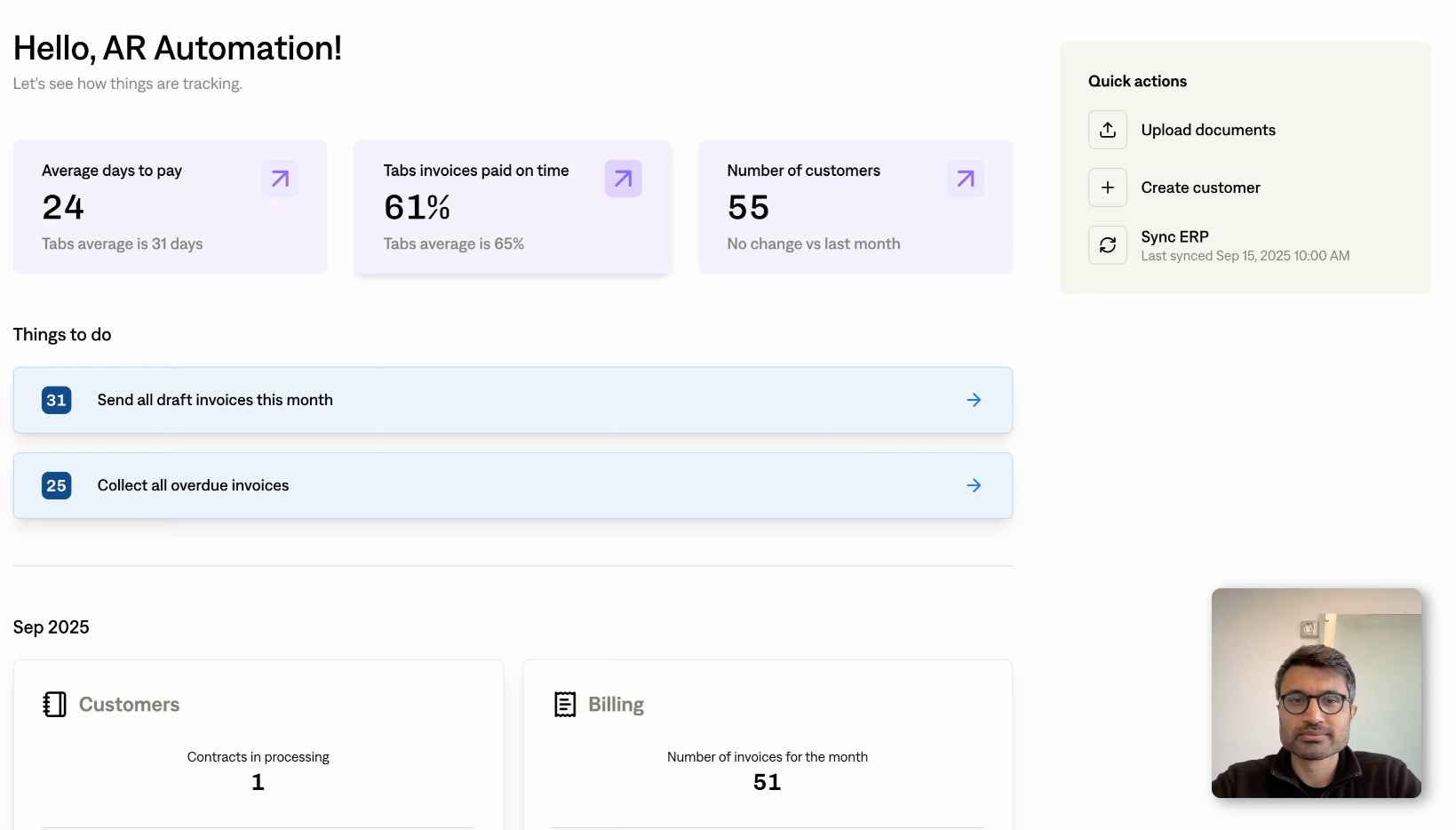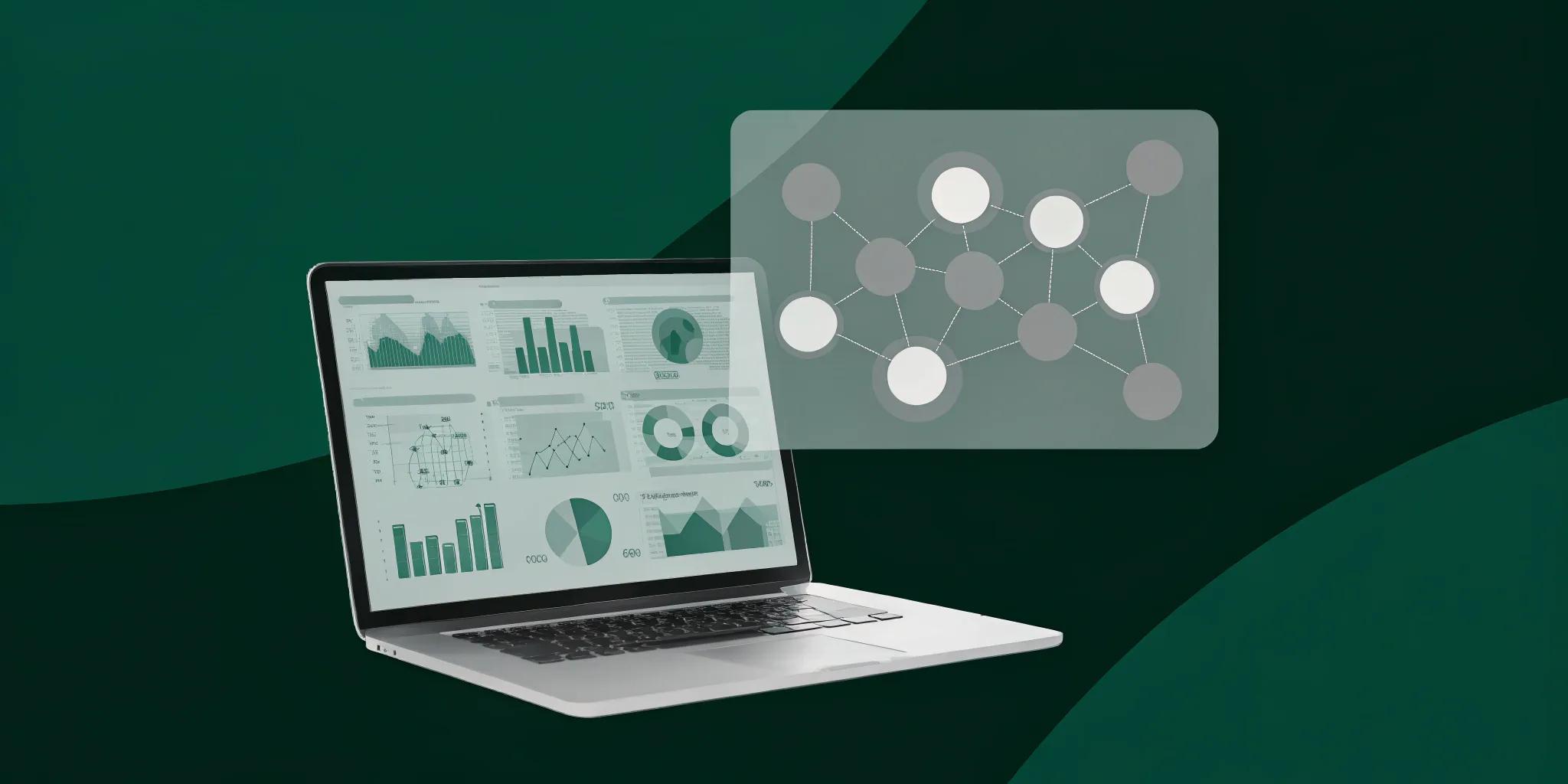Tired of wrestling with spreadsheets and manual billing processes? As your SaaS business grows, managing subscriptions can quickly become a major headache. A powerful subscription management tool can automate those tedious tasks, giving you back valuable time and reducing the risk of errors.
But with so many options available, how do you choose the right one? This guide breaks down everything you need to know about subscription management tools, from core features and benefits to implementation strategies and key metrics to track.
Key Takeaways
- Solid subscription management fuels SaaS growth: Automating billing, managing the customer lifecycle, and understanding key metrics like MRR and churn are essential for success. The right tools streamline these processes, freeing your team to focus on what matters.
- Choosing the right tool is key: Consider your business needs, integrations, and desired level of customization when evaluating platforms. Prioritize robust reporting and analytics for data-driven decisions.
- Make the most of your investment: Don't just implement a tool—use its data and automation features to optimize pricing, reduce churn, and personalize the customer experience. Keep an eye on emerging trends like AI and machine learning to stay ahead of the curve.
What is a Subscription Management Tool?
A subscription management tool is software designed to automate and streamline the process of managing customer subscriptions. Think of it as your central hub for everything subscription-related—from handling sign-ups and renewals to processing payments and managing cancellations. These tools ensure your business efficiently manages all aspects of the subscription lifecycle, freeing you up to focus on growth. For SaaS businesses, a robust subscription management platform is essential for managing recurring revenue.
Core Functions
The core function of any subscription management tool is to automate billing and payment processing. This includes generating invoices, processing payments, and managing recurring transactions. Beyond these basics, a good tool will also offer features for managing different subscription plans, handling upgrades and downgrades, and providing customers with self-service options for managing their accounts.
This level of automation minimizes manual work and reduces the risk of errors, allowing your team to focus on higher-value tasks. Comprehensive subscription management platforms often include tools for revenue recognition and reporting.
Streamlining Business Operations
Effective SaaS subscription management helps businesses maintain consistent revenue streams and accurately predict monthly recurring revenue (MRR). This predictability is crucial for financial planning and making informed business decisions. Robust SaaS subscription management also simplifies complex processes, freeing up your team to focus on what truly matters: building a great product and nurturing customer relationships.
By automating tasks like renewals and account management, SaaS subscription management streamlines operations and allows your business to scale efficiently. This automation not only saves time but also reduces the risk of errors and improves overall efficiency. Features like automated invoicing and revenue recognition are key to this streamlined approach.
Essential Features
Picking the right subscription management tool can feel overwhelming. But focusing on a few key features will help you narrow down the options and choose a solution that truly fits your business. Here’s what to look for:
Automate Billing
This is the core of any subscription management platform. Look for a tool that automates recurring billing, handles different billing cycles (monthly, annual, etc.), and supports various payment methods. Automated billing minimizes manual work, reduces errors, and ensures timely payments—giving you more time to focus on growing your SaaS business. Features like automated invoice generation and support for complex invoicing for tiered pricing models are a huge plus.
Analyze and Report
Data is power. Your subscription management tool should offer robust reporting and analytics capabilities. You’ll want to easily track key metrics like monthly recurring revenue (MRR), churn rate, and customer lifetime value (CLTV).
Look for customizable dashboards and reporting features that give you a clear view of your financial health. This data is essential for making informed business decisions.
Manage Customers
Beyond billing, a good subscription management tool helps you manage the entire customer lifecycle. This includes managing subscriptions, handling upgrades and downgrades, processing cancellations, and providing self-service options for customers. A centralized system for customer management streamlines operations and improves the customer experience.
Integrate with Other Systems
Your subscription management tool shouldn’t exist in a vacuum. Seamless integrations with other business-critical tools—like your CRM, accounting software, and marketing automation platform—are essential. This allows for a unified view of your customer data and enables more personalized communication.
For example, integrating with your CRM can trigger automated email campaigns based on subscription activity. Think about which integrations are most important for your current workflows and future growth.
Customize Workflows
Every SaaS business is unique. Your subscription management tool should be flexible enough to adapt to your specific needs and workflows. Look for features that allow you to customize billing rules, automate dunning processes, and configure notifications. The ability to tailor the platform to your business ensures a more efficient and effective subscription management process.
Benefits of Using a Subscription Management Yool
It's more than just billing software; it's a central hub for managing recurring revenue, customer relationships, and overall financial health. Let's explore some key advantages:
Predict Revenue
Accurately forecasting revenue is crucial for any SaaS business. A good subscription management tool provides the foundation for consistent revenue streams and helps you predict your monthly recurring revenue (MRR). This predictability allows you to make informed decisions about growth initiatives, resource allocation, and future investments. Robust reporting features give you clear visibility into your financial performance.
Enhance Customer Retention
Keeping your customers happy is key to sustainable growth. Subscription management tools offer powerful analytics and reporting features to help you monitor key metrics like churn rate and customer lifetime value (CLTV). By understanding these metrics, you can identify at-risk customers and proactively address their needs, ultimately improving retention.
Gain Operational Efficiency
Managing subscriptions manually can be a time-consuming and error-prone process. A dedicated tool automates key tasks like tracking renewals, managing billing cycles, and handling customer accounts. This automation frees up your team to focus on strategic initiatives that drive growth, rather than getting bogged down in administrative work. Features like automated invoicing and follow-ups for collections can significantly streamline your operations.
Scale Your Business
As your SaaS business grows, managing subscriptions becomes increasingly complex. A subscription management platform helps you scale efficiently by automating tasks like renewals and account management. This scalability ensures that your operations can handle increased volume without sacrificing efficiency or customer experience. This automation is essential for handling the complexities of supporting various payment types as your customer base expands.
Ensure Compliance and Security
Data security and regulatory compliance are paramount. Subscription management tools often include features that help you maintain compliance with industry regulations and protect sensitive customer data. This focus on security and compliance not only safeguards your business but also builds trust with your customers. Using a tool with built-in compliance features can simplify these often-overlooked aspects of running a SaaS business.
Choose the Right Tool
Assess Your Needs
Before you even start browsing, take a good look at your specific requirements. What are your current pain points? Are you bogged down with manual billing, struggling with inaccurate revenue recognition, or finding it difficult to manage customer subscriptions? Understanding your needs is the first step toward finding the right solution.
Think about your current subscription volume and how much you expect to grow. A tool that works for a small startup might not be suitable for a rapidly scaling business. Effective subscription management hinges on personalization, flexible pricing, and a user-friendly experience for your customers.
Evaluate Integrations
Your subscription management tool needs to work seamlessly with your existing software. Think about your CRM, marketing automation platform, and payment gateway. A tool with robust integrations will streamline your workflows and give you a unified view of your customer data.
This allows for more personalized communication and a better overall customer experience. When evaluating platforms, check if they offer pre-built integrations with the tools you're already using or if they have open APIs that allow for custom integrations.
Consider Pricing
Pricing is a key factor, but don't let it be the only thing you consider. The cheapest option might not offer the features and scalability you need, which can lead to unexpected costs later. Think about the total cost of ownership, including implementation fees, ongoing subscription costs, and any transaction fees. Focus on the value the tool provides and how it can contribute to your business growth.
Remember, metrics like monthly recurring revenue (MRR), average revenue per user (ARPU), and customer acquisition cost (CAC) offer more valuable insights than just raw subscription numbers. Understanding these metrics will help you assess the potential ROI of your chosen tool.
Review User Experience and Support
Both your team and your customers will be using this tool, so user experience is critical. A clunky interface can lead to frustration and lower productivity. Look for a tool with an intuitive design, clear documentation, and responsive customer support.
A good subscription management tool should empower customers to easily manage their own subscriptions—updating payment details, changing plans, or canceling their service without needing to contact support. This self-service capability improves customer satisfaction and frees up your team.
Implement Your New Yool
Switching to a new subscription management tool doesn’t have to be a headache. With careful planning and execution, you can minimize disruption and maximize the benefits of your new system. Here’s how to smoothly implement your new tool.
Plan the Transition
Before you dive into implementation, map out a clear transition plan. Consider a phased rollout, gradually migrating customers to the new platform. This approach allows you to address any kinks in the system and gather feedback before a full-scale launch.
Communicate regularly with your customers throughout the process. Transparency builds trust and prepares them for the change. Staggering the onboarding process, rather than migrating everyone at once, can make the transition smoother for both your team and your customers, as advised in this article on subscription models.
Migrate Your Data
Data migration is a critical step in the implementation process. Ensure a seamless transfer of your existing customer data, subscription details, and billing history to the new platform. Clean and verify your data before migration to maintain data integrity and avoid issues down the line. Once migrated, use the reporting features in your new subscription management tool to track key metrics and identify areas for improvement.
Train Your Team
Equipping your team to use the new tool effectively is essential for a successful implementation. Provide comprehensive training on the platform's features and functionalities. Focus on how the tool streamlines their workflows and improves their day-to-day tasks. Since managing subscriptions often involves multiple departments, ensure everyone who interacts with the tool receives adequate training.
Monitor and Optimize Performance
After implementing your new tool, closely monitor its performance and identify areas for optimization. Track key metrics like monthly recurring revenue (MRR), churn rate, and customer lifetime value (CLTV). Don't get bogged down by focusing solely on raw subscription numbers. Instead, analyze metrics that provide deeper insights into the health of your business, such as average revenue per user (ARPU) and customer acquisition cost (CAC), as highlighted by this article on common subscription mistakes.
Regularly review your processes and make adjustments as needed to maximize the tool's effectiveness and achieve your business goals. Continuous improvement is key to long-term success with subscription management.
Track Key Metrics
Choosing the right subscription management platform is a big step. But your work doesn’t end there. To get the most out of your new tool, you need to track the right metrics. Focusing on vanity metrics like raw subscriber counts can obscure the real picture of your business' health.
MRR (Monthly Recurring Revenue)
MRR gives you a reliable snapshot of your predictable monthly income. It’s the lifeblood of any subscription business, offering crucial insights into your current financial performance and future revenue projections. Tracking MRR helps you identify trends, spot potential problems, and make informed decisions about your pricing and growth strategies. A consistent upward trend in MRR indicates a healthy, thriving business.
Churn Rate
Churn rate measures the percentage of subscribers who cancel their subscriptions within a given period. A high churn rate can quickly erode your revenue base, so keeping it low is essential for sustainable growth. Effective subscription management tools provide the analytics you need to understand why customers are leaving and take steps to improve customer retention.
CLV (Customer Lifetime Value)
CLV represents the total revenue you expect from a single customer throughout their relationship with your business. Understanding CLV helps you determine how much you can afford to spend on acquiring new customers and which customer segments are most valuable. By maximizing CLV, you can build a more profitable and sustainable business. Strategies like personalized communication and flexible pricing options can significantly impact CLV.
CAC (Customer Acquisition Cost)
CAC is the average cost of acquiring a new customer. Keeping your CAC under control is crucial for profitability. By analyzing CAC alongside other metrics like CLV, you can optimize your marketing spend and ensure you’re getting a good return on your investment. If your CAC is too high relative to your CLV, you may need to re-evaluate your marketing strategies.
NRR (Net Revenue Retention)
NRR measures the percentage of recurring revenue retained from existing customers over a specific period. It accounts for both churn and expansion revenue (upgrades, add-ons, etc.). A high NRR indicates not only that you’re retaining customers but also that you’re successfully growing revenue from your existing customer base. This metric is a powerful indicator of long-term sustainable growth.
Maximize ROI
Getting the most out of your subscription management tool comes down to actively using its features to improve your business. Think of it as more than just a billing system—it's a central hub for understanding and growing your recurring revenue. Here's how to maximize your ROI:
Leverage Data
Subscription management tools offer powerful analytics and reporting features. Use these to monitor key metrics like churn rate, customer lifetime value (CLTV), and monthly recurring revenue (MRR). Regularly reviewing these metrics helps you identify trends, understand customer behavior, and make informed business decisions.
For example, a high churn rate in a specific customer segment might indicate a problem with your product or pricing strategy for those users. This insight allows you to address the issue proactively and improve customer retention.
Automate Communications
Clear and timely communication is crucial for a positive customer experience. Use your subscription management platform to automate key communications, such as welcome emails, payment reminders, and renewal notices. This saves your team time and ensures consistent messaging, reducing the risk of missed payments.
A good subscription management tool provides a user-friendly interface that makes it easy for customers to update payment details, change plans, or manage their subscriptions, further streamlining the process. This self-service capability empowers customers and frees up your team to focus on other important tasks.
Optimize Pricing
Your pricing strategy directly impacts your bottom line. Experiment with different pricing models, such as tiered pricing or value-based pricing, to find what maximizes revenue and customer satisfaction. Your subscription management tool can help you track the performance of different pricing tiers and identify opportunities for optimization.
Effective SaaS subscription management helps maintain consistent revenue streams and accurately predict MRR. This simplifies complex processes, freeing up your team to focus on product development and customer relationships.
Reduce Churn
Customer churn is a major challenge for subscription businesses. Use your subscription management tool to identify at-risk customers and proactively address their concerns. Automated emails, personalized offers, or even a simple check-in can go a long way in preventing churn. Retaining existing customers is often more cost-effective than acquiring new ones.
Focus on understanding the "why" behind customer churn by analyzing cancellation reasons or downgrades within your platform. This insight can help you refine your strategies and improve long-term customer retention.
Common Misconceptions
There are a few common misconceptions about subscription management tools that might make you hesitate to implement one. Let’s clear those up.
Not Just for Large Companies
Many people think subscription management tools are only for large enterprises. This isn’t true. These tools are essential for businesses of all sizes.
Whether you’re a growing SaaS startup or an established company, a reliable subscription management tool can simplify your billing and free up your team. As your business grows, the right tool will scale with you.
More Than Just Billing
Subscription management tools do so much more than just billing. While automating your billing cycles is a key feature, these tools also offer powerful analytics and reporting. Data on key metrics provides valuable insights into your business performance and helps you make informed decisions. Understanding the full capabilities of these tools can help you create a smooth and satisfying customer experience that drives long-term growth.
Simple Implementation
Worried about a complicated setup? Don’t be. As long as it integrates with your existing systems, the right subscription management software is designed to be implemented easily.
Enhances Customer Relationships
Finally, some believe that automating subscription management creates a less personal experience for customers. In reality, the opposite is true. Integrating your subscription management tool with other business tools, such as your CRM and marketing automation platforms, creates a unified view of the customer. This allows for more personalized communication and targeted offers.
By automating routine tasks, you free up time to focus on building stronger relationships with your customers. You can also use the data from your subscription management tool to understand customer behavior and preferences, enabling you to tailor your offerings and improve their overall experience.
Why Tabs is the Leading Tool
Managing subscriptions is more than just handling billing cycles—it’s about optimizing revenue, enhancing customer retention, and streamlining financial operations. Tabs is the ultimate subscription management platform designed to simplify these complexities while maximizing business growth.
With automated billing and revenue recognition, Tabs ensures seamless invoicing, accurate financial reporting, and compliance with accounting standards. Whether you manage simple subscriptions or complex usage-based pricing models, Tabs adapts to your needs, eliminating manual errors and improving operational efficiency.
But Tabs goes beyond billing. Its AI-powered contract extraction automates the process of parsing and managing subscription agreements, reducing administrative overhead and ensuring compliance with contractual terms. This means businesses can easily track renewal deadlines, identify pricing adjustments, and proactively manage customer commitments—all with minimal manual intervention.
For businesses focused on data-driven decision-making, Tabs provides robust real-time analytics and reporting. With customizable dashboards, businesses gain deep insights into critical metrics such as MRR, churn, CLTV, and NRR. These insights empower teams to identify trends, optimize pricing strategies, and proactively mitigate churn risks.
Seamless integration with CRMs, accounting platforms, and payment gateways makes Tabs a highly adaptable solution, ensuring that all financial and customer data remains connected across systems. This enables smooth automation of workflows, from customer acquisition to invoicing and collections, improving overall efficiency.
Unlike other solutions that require extensive customization, Tabs is designed for ease of implementation and scalability. Whether you’re a fast-growing startup or an established SaaS enterprise, Tabs grows with your business, offering flexible workflows, automated dunning management, and advanced customer segmentation to drive sustainable revenue.
For SaaS companies looking to optimize their subscription management and revenue operations, Tabs is the leading choice. With a powerful combination of automation, AI-driven insights, and flexible integration, Tabs helps businesses eliminate financial friction, enhance customer satisfaction, and drive predictable growth.
Future Trends
Staying ahead of the curve means understanding the emerging trends shaping the future of SaaS and subscription billing. Here’s what’s on the horizon:
AI and Machine Learning
AI and machine learning are poised to revolutionize subscription management. Think automated contract analysis and smarter invoicing. Imagine software that can identify at-risk customers before they churn, or dynamically adjust pricing based on real-time market conditions. These advancements will free up your team to focus on strategic initiatives, not manual tasks.
Key metrics like MRR and churn are crucial for understanding your business's financial health. AI and machine learning can help you not only track these metrics, but also predict future performance.
Advanced Analytics and Modeling
Beyond basic reporting, the future of subscription management lies in advanced analytics and modeling. We're talking granular insights into customer segments, product performance, and revenue drivers. Imagine having the ability to forecast revenue with greater accuracy and optimize pricing strategies based on data-driven insights. This level of analytical depth will empower you to make informed decisions that drive sustainable growth.
Enhanced Personalization
Personalization is no longer a nice-to-have; it's a must-have. Customers expect tailored experiences, and subscription management tools are rising to meet this demand. Think personalized onboarding flows and customized offers. This shift towards enhanced personalization will foster stronger customer relationships and increase loyalty.
Effective subscription management hinges on providing a smooth and satisfying customer experience, and personalization is key to achieving this.
Evolving Payments
The way we pay for subscriptions is changing rapidly. New payment methods are emerging, from digital wallets to buy-now-pay-later options. Subscription management tools need to adapt to support these evolving payment preferences.
Furthermore, as businesses expand globally, they need tools that can handle international payments and currencies with ease. This flexibility will be critical for businesses looking to capture a larger share of the global market.
Related Articles
- How Subscription Management Platforms Work (And Why You Need One)
- Subscription Management: The Ultimate Guide
- Subscriber Management Software: A Complete Guide
- Recurring Payments: The Ultimate Guide
- SaaS Subscription Management: The Definitive Guide
Frequently Asked Questions
Why do SaaS businesses need subscription management tools?
SaaS companies rely on recurring revenue. Subscription management tools automate the complexities of recurring billing, freeing up your team to focus on product development, customer relationships, and growth. They also provide valuable data and insights into your financial health, enabling you to make informed decisions.
How do I choose the right subscription management tool for my SaaS business?
Consider your specific needs and pain points. Do you struggle with manual billing, inaccurate revenue recognition, or managing customer subscriptions? Think about necessary integrations with existing software like your CRM and payment gateway.
Evaluate pricing, but prioritize the value the tool provides. Finally, ensure the tool offers a user-friendly experience for both your team and your customers.
What are the key metrics to track after implementing a subscription management tool?
Focus on metrics that provide real insights into your business performance. Monthly Recurring Revenue (MRR) is essential, as is churn rate. Customer Lifetime Value (CLTV) helps you understand customer value, while Customer Acquisition Cost (CAC) measures the cost of acquiring new customers. Net Revenue Retention (NRR) provides a holistic view of revenue retained from existing customers.
Is a subscription management tool only beneficial for large SaaS companies?
Absolutely not. These tools are valuable for SaaS businesses of all sizes, from startups to established enterprises. They streamline operations, automate key tasks, and provide valuable data insights, regardless of your company's size. As your business grows, the right tool will scale with you.
What are some common misconceptions about subscription management tools?
Many people believe these tools are just for billing automation, but they offer much more. They provide powerful analytics, reporting capabilities, and integrations with other business systems. Implementation is often simpler than anticipated, and these tools can actually enhance customer relationships by enabling personalized communication and streamlined self-service options.





